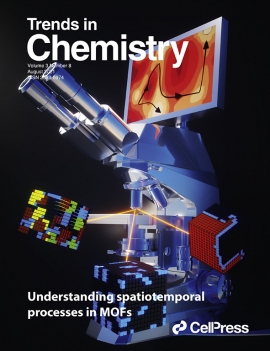The Operando Nature of Isobutene Adsorbed in Zeolite H−SSZ−13 Unraveled by Machine Learning Potentials Beyond DFT Accuracy

Abstract
Unraveling the nature of adsorbed olefins in zeolites is crucial to understand numerous zeolite-catalyzed processes. A well-grounded theoretical description critically depends on both an accurate determination of the potential energy surface (PES) and a reliable account of entropic effects at operating conditions. Herein, we propose a transfer learning approach to perform random phase approximation (RPA) quality enhanced sampling molecular dynamics simulations, thereby approaching chemical accuracy on both the determination and exploration of the PES. The proposed methodology is used to investigate isobutene adsorption in H−SSZ−13 as prototypical system to estimate the relative stability of physisorbed olefins, carbenium ions and surface alkoxide species (SAS) in Brønsted-acidic zeolites. We show that the tert-butyl carbenium ion formation is highly endothermic and no entropic stabilization is observed compared to the physisorbed complex within H−SSZ−13. Hence, its predicted concentration and lifetime are negligible, making a direct experimental observation unlikely. Yet, it remains a shallow minimum on the free energy surface over the whole considered temperature range (273–873 K), being therefore a short-lived reaction intermediate rather than a transition state species.

 Open Access version available at
Open Access version available at 